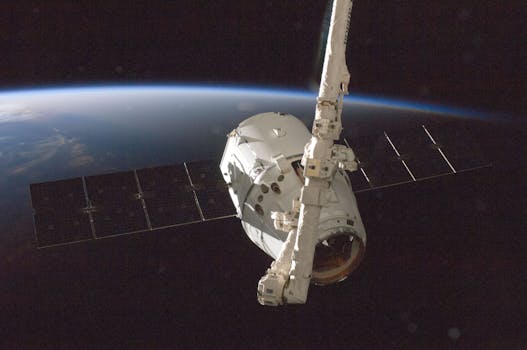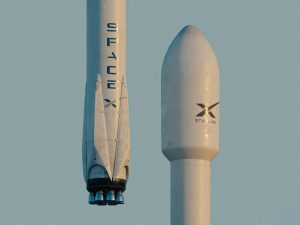
LEO Satellites: Revolutionizing Global Connectivity with WordPress
LEO satellites, or Low Earth Orbit satellites, are a type of satellite that orbits the Earth at an altitude of around 160 to 2,000 kilometers. These satellites have been gaining popularity in recent years due to their ability to provide high-speed, low-latency internet connectivity to remote and underserved areas. With the help of WordPress, LEO satellites are now being used to bring global connectivity to the masses.
WordPress, the world’s most popular content management system, has been at the forefront of this revolution. With its ease of use, flexibility, and customization options, WordPress has made it possible for individuals and organizations to create and manage their own websites and online platforms, even in areas with limited internet connectivity. The integration of LEO satellites with WordPress has opened up new possibilities for global communication and access to information.
The Benefits of LEO Satellites
LEO satellites have several benefits that make them ideal for providing global connectivity. One of the main advantages of LEO satellites is their low latency, which allows for faster data transfer rates and real-time communication. This is particularly important for applications such as video conferencing, online gaming, and remote healthcare. LEO satellites also have a lower cost per byte compared to traditional geostationary satellites, making them a more affordable option for many users.
Another benefit of LEO satellites is their ability to provide coverage in remote and underserved areas. Traditional satellite systems often struggle to provide coverage in these areas due to the curvature of the Earth and the limited range of their signals. LEO satellites, on the other hand, can provide coverage in these areas by using a constellation of satellites that work together to provide a continuous signal.
WordPress and LEO Satellites: A Perfect Combination
The combination of WordPress and LEO satellites is a perfect match for providing global connectivity. WordPress provides the platform for creating and managing online content, while LEO satellites provide the infrastructure for delivering that content to users around the world. With the integration of LEO satellites with WordPress, users can now access online content from anywhere in the world, even in areas with limited internet connectivity.
The use of WordPress with LEO satellites also provides a range of benefits for users. For example, users can now access online content in real-time, without the need for expensive and bulky satellite equipment. WordPress also provides a range of tools and plugins that make it easy to optimize online content for delivery over LEO satellite networks, ensuring that users receive the best possible experience.
Real-World Applications of LEO Satellites and WordPress
The combination of LEO satellites and WordPress has a range of real-world applications. One example is the provision of emergency response services in remote areas. With the use of LEO satellites and WordPress, emergency responders can now access critical information and communicate with teams in real-time, even in areas with limited internet connectivity.
Another example is the provision of online education services in underserved areas. With the use of LEO satellites and WordPress, students can now access online educational resources and communicate with teachers in real-time, regardless of their location. This has the potential to revolutionize the way we deliver education and provide opportunities for people around the world.
Conclusion
In conclusion, LEO satellites and WordPress are revolutionizing the way we communicate and access information. The integration of these two technologies has opened up new possibilities for global connectivity and has the potential to provide internet access to millions of people around the world. With the continued development of LEO satellite technology and the flexibility of WordPress, we can expect to see even more innovative applications of these technologies in the future.




